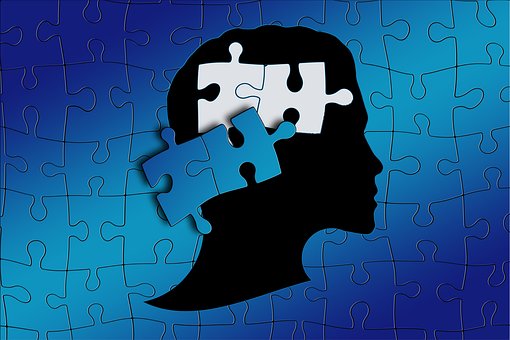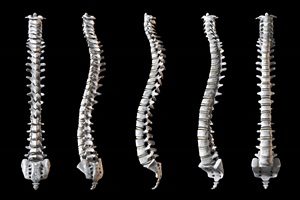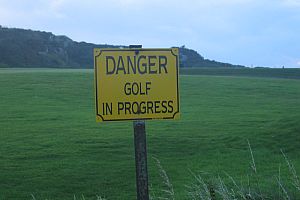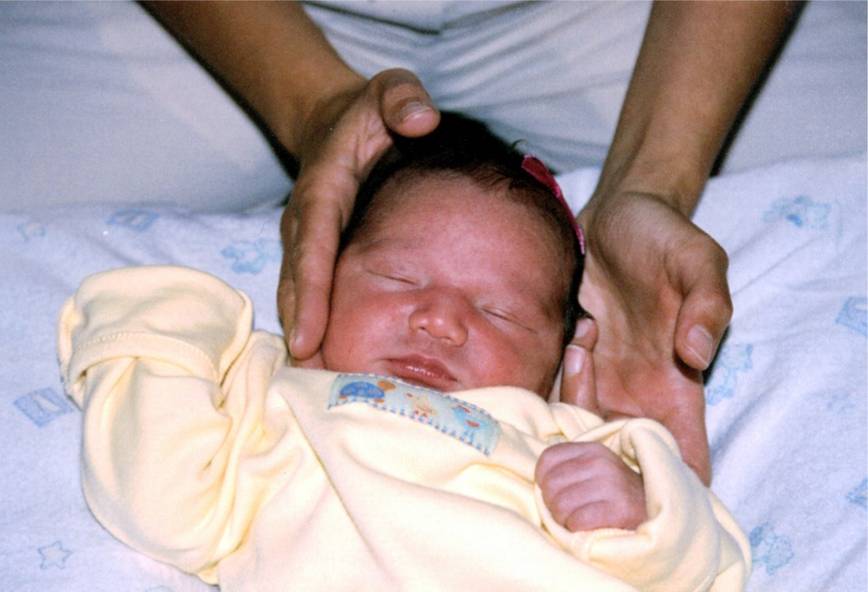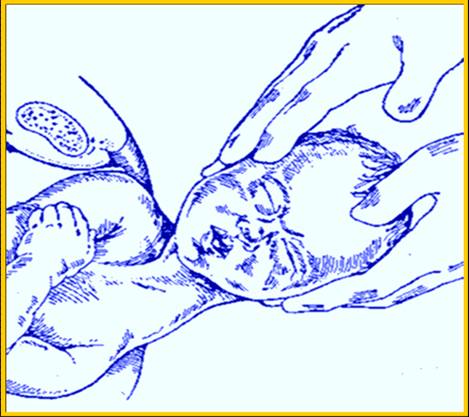Teens, Back Pain and Chiropractic Care
Looking at the big picture, low back pain is a big problem. The condition affects more than 600 million people worldwide, including over one-third of all Americans—more than the number of people affected by diabetes, heart disease, and cancer combined. The financial burden (medical care plus lost productivity) caused by chronic lower back pain in America exceeds $550 billion annually.
That said, one of the saddest aspects of chronic lower back pain is that it doesn’t discriminate between adults and children. And in an era when teens’ musculoskeletal systems are particularly at risk because of reduced physical activity and poor posture (thanks to heavy school backpacks, improper sitting ergonomics and lots of time spent on mobile devices), this problem is only growing larger. In addition, a number of studies have already indicated that lower back pain in adolescents is strongly associated with the development of chronic lower back pain later in life. That’s the bad news for teens. However, the good news is that those adolescents who have been successfully treated to eliminate lower back pain in their youth have a lower risk of developing chronic lower back pain as they grow older.
So it’s natural that the medical community is keenly interested in learning which treatments are most successful in terms of eliminating the lower back pain itself and in preventing it from recurring later in life. This interest led to a recent study. The aim of the study was to determine which of the commonly-available treatment methodologies were most effective. To determine this, researchers performed a meta-analysis of existing studies published in English, French, Spanish, Italian, and Portuguese to measure which of the treatments used in these studies produced the most consistently positive outcomes in terms of pain, disability, flexibility, endurance, and mental health. The researchers found studies that produced data for 11 treatment groups and 5 control groups involving a total of 334 children and adolescents, and then compared the data.
Their findings were both strong and definitive. Of all the treatment methodologies used in the individual studies, the ones most effective in producing short-term and long-term positive outcomes in the five areas studied were those that involved therapeutic physical conditioning and manual therapy. That is, treatments provided by “hands on” practitioners such as chiropractors, osteopaths, and physical therapists.
These therapies, commonly involving joint and spinal manipulation and ultrasound treatment to reduce pain, were subjectively found to be more effective by the patients than other treatments. The patients’ subjective analysis was confirmed in most of the studies by clinician assessments. Naturally, these “manual therapy” treatment options were preferable in many other ways as well, because they avoided reliance on potentially addictive painkillers like OxyContin and Vicodin, epidural steroid injections, and surgery.
These findings confirm what Doctors of Chiropractic have observed in their own clinics. Over the years, we have seen many patients (of all ages) benefit from the manual therapies we use to provide relief for their lower back pain. So if you (or your children) experience lower back pain—whether occasional or chronic—contact your chiropractor and ask him or her to explain to you the treatment options available, and what they can do to relieve your symptoms and allow you to enjoy life free from pain once again.


